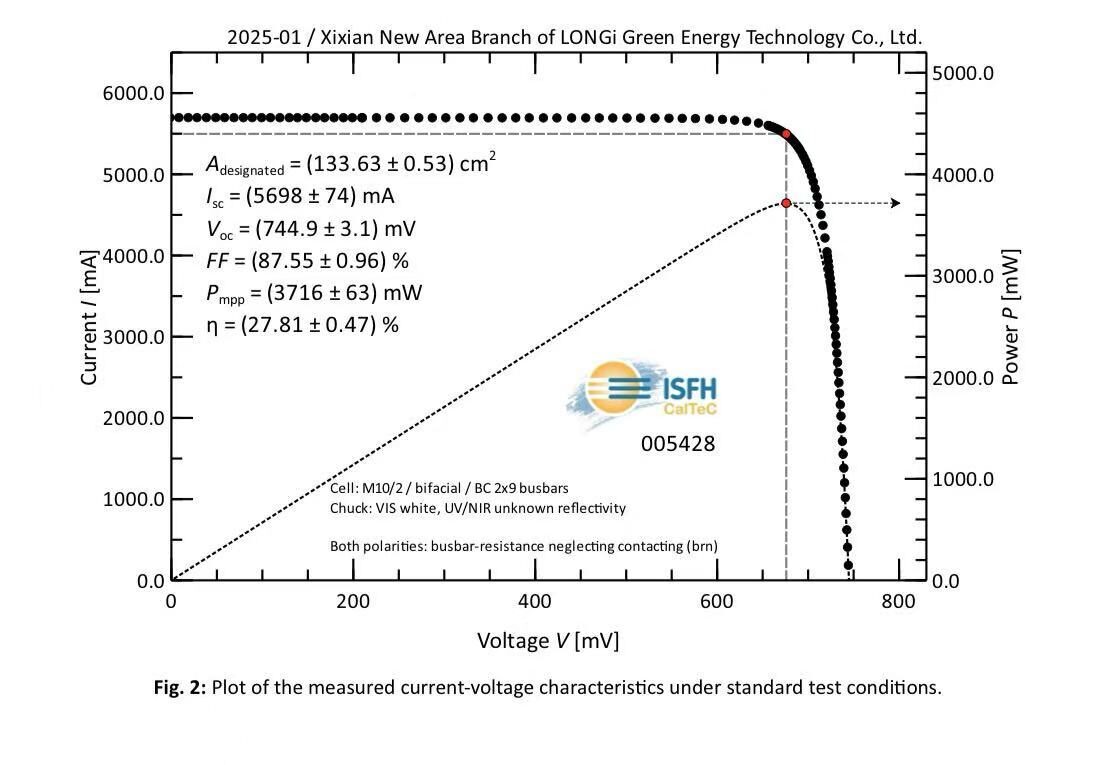Buildings are a major driver of emissions. Indeed, it has been calculated that buildings account for 32% of energy use and 19% of energy-related greenhouse gases in the form of heating, cooling, lighting, appliances, and machinery.
In addition to the predicted billions of square meters of space that will be built across the world over the next decade, most developments standing today will still be around in 2050. Thus, retrofitting existing structures is seen as a key sustainability target.
Read our Urban solar coverage
Urban solar: Solar and energy storage have a fundamental role to play, particularly when it comes to cooling and heating and, due to their increasingly small costs, for low-income households struggling with high energy bills.
Under one roof: pv magazine looks at the progress being made to green the world’s cities. This article focuses on Europe’s solar plans and current achievements, specifically in heating and cooling, rooftop solar, and building-integrated PV.
Independent action: The city of Ithaca, New York – located 180 miles from Manhattan – has adopted a Green New Deal, in line with its aims to offset all carbon emissions by 2030. It is implementing private equity programs and net-zero building mandates to get there. Ryan Kennedy reports.
Powerful equation to expand C&I: Big rooftop PV systems on factories, warehouses, and public buildings need not be limited by ownership issues nor local grid capacity claims Australian innovator EleXsys Energy. The company is maxing out an Ikea in Adelaide, Australia, with solar and storage. And it claims its smart technology can allow the same to be done elsewhere.
Prioritizing electrification: The urgency to decarbonize the building sector has caught global attention in the lead-up to the COP26 summit, commencing on Oct. 31. Wood Mackenzie’s Ben Hertz-Shargel says that success will require a two-pronged strategy of massively electrifying building heat over the coming decade, while also investing in technologies that can pick up future heating demand if the grid cannot handle it.
Up to code for decarbonization: The International Energy Agency predicts that India will record the world’s fastest growth in energy consumption from buildings through 2040. The energy demand could create a big market for solar installers and equipment providers, particularly in the commercial and industrial sector. While building codes now include provisions for renewable energy integration, effective implementation will be key to ensuring compliance, reports Uma Gupta.
Building a new policy environment: Since the beginning of 2021, all new buildings constructed in the European Union must be “nearly” zero energy. This is a complex task requiring synergies among various stakeholders and technologies. Ilias Tsagas provides insight into the drivers and challenges toward this set goal and shines a light on solar’s most significant role.
Electrons to replace molecules in US homes: Policy developments are likely to define decarbonization efforts and rooftop solar deployment in U.S. homes. Proposed legislation at the federal level is looking to accelerate electrification, while net metering developments continue at the state level. pv magazine USA’s Ryan Kennedy provides an update.
BIPV no refuge: Deployment in the building-integrated PV segment is accelerating, and so too are the number of solar products available to architects and developers. And while BIPV had long been the segment in which an array of thin-film technologies could shine, they are now in increasingly stiff competition with crystalline silicon rivals.
Headroom on heat pumps: Heat pumps can now achieve sufficiently high flow temperatures to operate most heating systems, even in older buildings. They are not yet highly efficient, but new refrigerants are expected to provide a remedy. This presents a number of challenges, but German researchers and industry participants are working on solutions to harness the power of heat pumps to keep people warm throughout the year.
Check out the coverage from our UP Initiative Q1 theme: Agri-PV from Dec. 27, Q2 theme: Workers’ rights on Dec. 28, and Q3 theme: Sustainable electricity and corporates’ critical solar role on Dec. 20.
In Q1 2022, we will turn our attention to the rise of e-mobility and how it can complement the renewable energy transition. Specifically, we will examine the role electric vehicles, trains, and two- and three-wheelers can play in greening the electricity grid.
About the UP Initiative
In 2019, pv magazine pledged to place the issue of sustainability in the solar and energy storage industries at the heart of our reporting and events via the UP initiative. In addition to running quarterly themes, which examine key issues, we are also holding webinars on topics like supply chain transparency; publishing whitepapers on issues like green finance, and have ramped up our general reporting on a host of other sustainability issues. Our global series of roundtable events have also helped the initiative step UP even further.
This content is protected by copyright and may not be reused. If you want to cooperate with us and would like to reuse some of our content, please contact: editors@pv-magazine.com.




2 comments
By submitting this form you agree to pv magazine using your data for the purposes of publishing your comment.
Your personal data will only be disclosed or otherwise transmitted to third parties for the purposes of spam filtering or if this is necessary for technical maintenance of the website. Any other transfer to third parties will not take place unless this is justified on the basis of applicable data protection regulations or if pv magazine is legally obliged to do so.
You may revoke this consent at any time with effect for the future, in which case your personal data will be deleted immediately. Otherwise, your data will be deleted if pv magazine has processed your request or the purpose of data storage is fulfilled.
Further information on data privacy can be found in our Data Protection Policy.